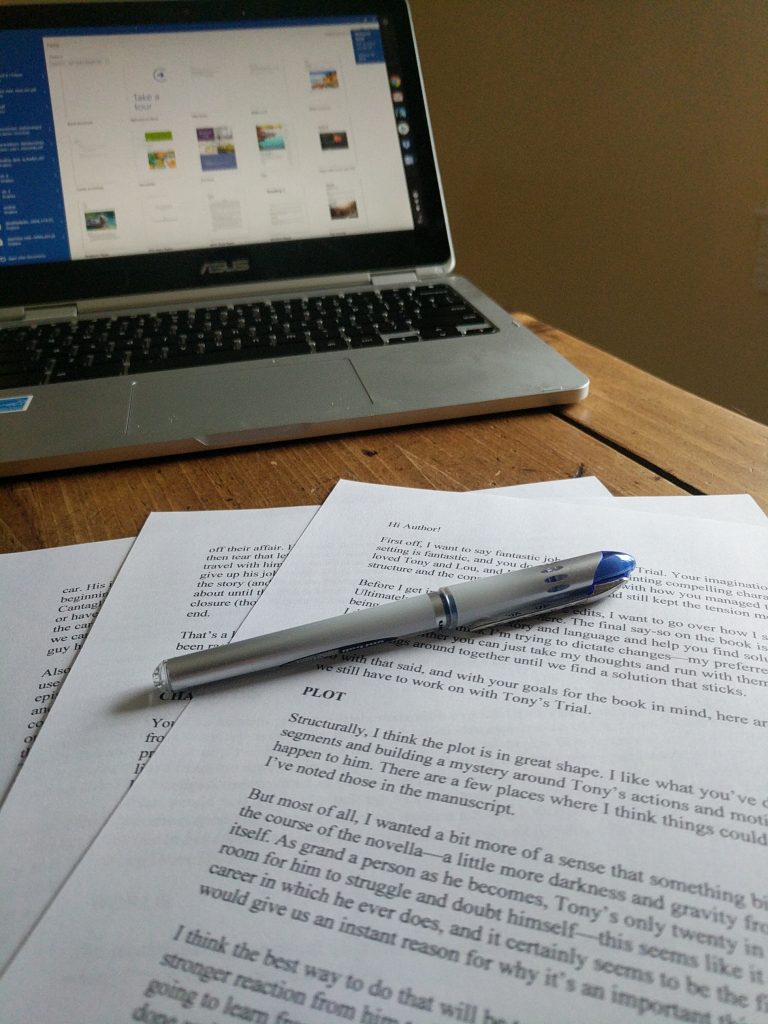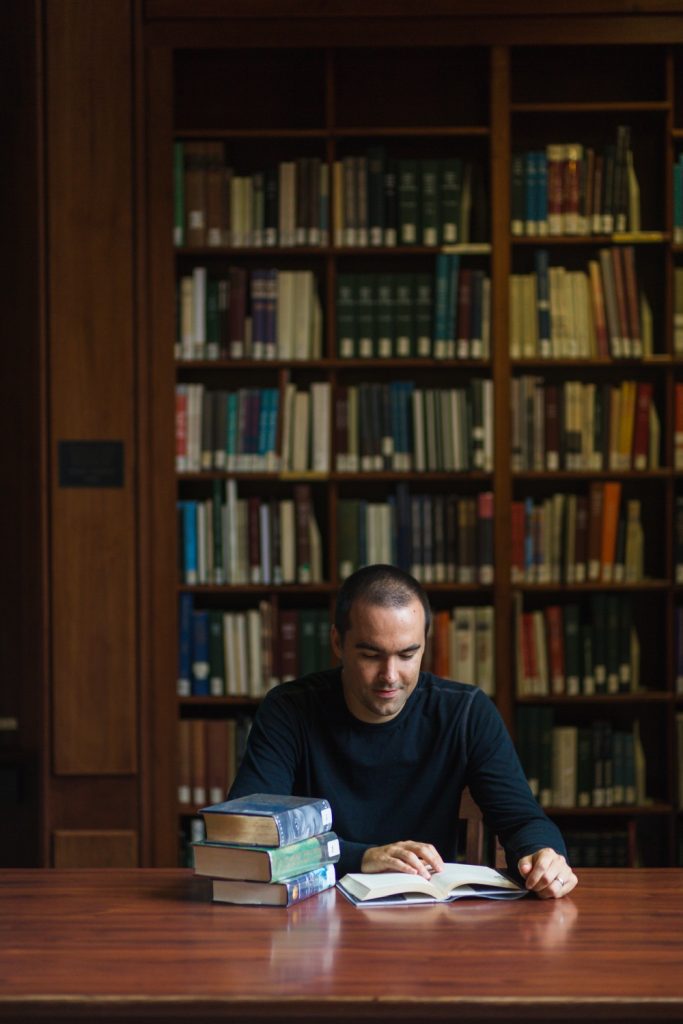What Is Developmental Editing?
What is developmental editing? Let me paint you a picture. You’re staring at a screen. On that screen there are roughly 350 words, double-spaced, 12-pt. font. Together, they form part of a narrative, linking up with thousands of others to create images of people, places, things, actions, and ideas. Your job is to evaluate the way those words combine to make a story, then help the person who wrote them make them better. You need to understand what the author is trying to do. You need to see what they’ve actually done. And you need to help them bridge the gaps between the two.
That process? That’s developmental editing.

Editing by Any Other Name…
Developmental editing goes by many names. You might hear it called story editing, or substantive editing, or content editing. You might hear it described as revision, or critique. Whatever its name, it’s the way an editor evaluates the essential elements of a story: plot, character, setting, structure, pacing, audience considerations, and voice. Developmental editing can be performed by an in-house editor at a traditional publisher or by a freelance editor for a small press or an indie author. In some ways, even an author’s first revision pass over their manuscript counts as developmental editing.
What Developmental Editing Isn’t
Many people have a particular image in mind when they think of editing: someone, probably dressed in black, sitting at a coffee shop, poring over a thick stack of typewritten double-spaced pages, wielding a red pen to deadly effect.
That image isn’t wrong, but it can be misleading. Developmental editing focuses on story elements. It’s not concerned with language. A developmental editor doesn’t cross out words, mark up typos, or flag repetition and clichés. That comes later, in line editing and copy editing. A developmental editor asks questions about character motivation, about how the magic works in a fantasy setting, about why your transition into the second act doesn’t contain a threshold of no return.
An editor will often suggest big changes during developmental editing. They might ask you to add, cut, or combine characters. They might suggest writing new scenes or deleting others. They might notice your story needs a clear antagonist, or want you to innovate more on the structure you’ve chosen. Some writers add tens of thousands of words to a draft during developmental editing, or cut just as many. It’s wasted effort polishing language when you’re not yet sure what the final shape of the story is.

The Process
Developmental editing usually happens in several discrete stages. First, the editor and author connect. Maybe they find one another through an agent and a traditional publishing house. Maybe an indie author hires a freelancer they find online, or an unpublished writer pays for critique at a conference. Author and editor agree to work together. They talk about what the book needs. They agree on some basic ideas. A contract, formal or informal, is created.
Then the editor gets to work. They make an initial pass through the manuscript, reading it through multiple lenses to evaluate how its intended audience might react to it. Notes fill the manuscript, physically or digitally. The editor asks the author any questions they have, and comes to understand the author’s vision for the book.
Finally, the editor turns their notes into something the author can use. Some editors write narrative-style or bullet-point letters as long as 20 pages. Others make comments directly in the manuscript, sometimes on paper but more often using software like Microsoft Word’s Track Changes. The author may get both a letter and an annotated manuscript. No matter how they arrive, comments during developmental editing ask difficult questions and force the author to engage deeply with their manuscript.

Revision
Once the editor has finished their developmental editing, the author goes to work. They take the editor’s suggestions and sort them into what’s usable, what missed the mark, and what they need clarification on. They get back in touch with their editor about any questions they have. Ideally, they find themselves excited about the changes they’re making and the creative leaps their editor’s feedback leads to.
And then the author does what they do best: writing. They revise the manuscript until they’re happy with it. The editor’s questions and concerns are addressed. They make the book the best it can be. Sometimes the manuscript goes back to the editor for another pass. Sometimes it goes straight to a line editor or a copy editor for polishing. And, very occasionally, an indie author might just format it and publish it.
Either way, the developmental editing is finished, and it’s time to turn to other concerns.
Developmental Editing Resources
If you want to learn more about developmental editing, we’ve put together a list of great resources on Amazon. You can also head to our resources page for more detail on many of the stages described here, or drop us a comment and let us know what you’re wondering about. We’ll do our best to write up a feature on it soon, or add it to this page.









